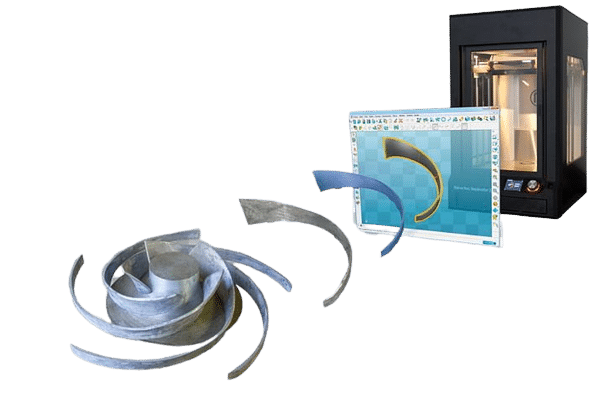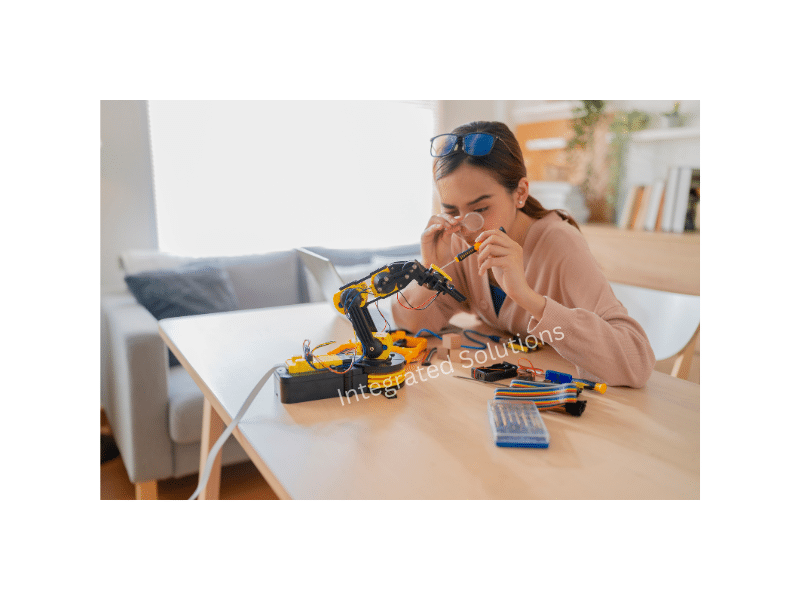

Rapid prototyping is a process of quickly producing a physical model or prototype of a product using computer-aided design (CAD) software and 3D printing or other additive manufacturing technologies. It allows designers and engineers to quickly test and refine their designs, identify any potential issues, and make necessary modifications before moving to the production stage.
The rapid prototyping process typically involves the following steps:
- Design: The product design is created using CAD software.
- Conversion: The CAD design is then converted into a format that can be read by the 3D printer or other rapid prototyping equipment.
- Printing: The 3D printer or other equipment builds the physical prototype layer by layer, using the material specified in the design.
- Finishing: Once the prototype is complete, any necessary finishing touches such as sanding, polishing, or painting can be applied.
Rapid prototyping has many advantages, including faster product development cycles, reduced costs, and improved product quality. It allows designers and engineers to test and refine their designs quickly, reducing the time and costs associated with traditional prototyping methods. It also allows for easy iteration, allowing for quick modifications and adjustments to the design based on feedback from stakeholders.
Rapid prototyping is the rapid manufacturing process for making of a physical part of product, model, assembly or early sample using 3D computer-aided design (CAD) techniques. Manufacture of a product part, model, or early sample is usually accomplished using additive manufacturing techniques or what is more commonly known as 3D printing.
Where the design closely matches the proposed finished product, it is called high fidelity prototyping, as opposed to low fidelity prototyping, where there is a significant difference between the prototype and the final product.
Rapid prototyping (RP) includes a variety of manufacturing technologies, although most use layered additive manufacturing. However, other techniques used for RP include high-speed machining, casting, molding, and extrusion.
While additive manufacturing is the most common rapid prototyping process, other more traditional processes can also be used to create prototypes.
Printing: Various RP technologies are used to create physical prototypes.
Some common RP techniques include:
Stereolithography (SLA): This involves using a laser to solidify liquid photopolymer resin layer by layer to build the prototype.
Fused Deposition Modeling (FDM): This technique uses a heated nozzle to extrude thermoplastic material layer by layer to create the prototype.
Selective Laser Sintering (SLS): A laser is used to selectively fuse powdered material (usually plastic or metal) layer by layer to create the prototype.
PolyJet Printing: Similar to inkjet printing, this method uses liquid photopolymers that are jetted and cured with UV light to build up the prototype in layers.
Integrated Solutions offers complete rapid prototyping for all mechanical and industrial work. Our highly skilled professionals will ensure the quality of products.
